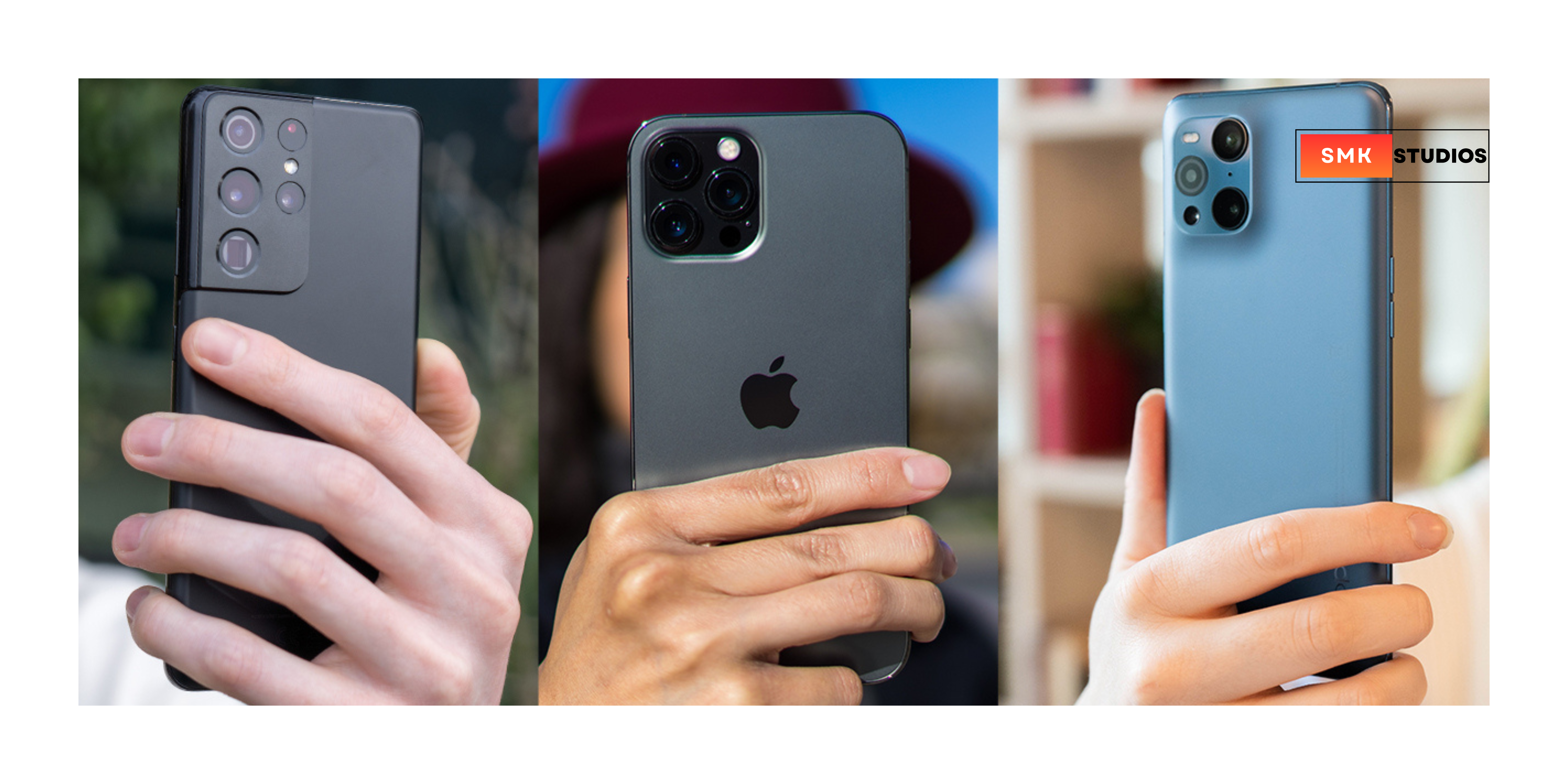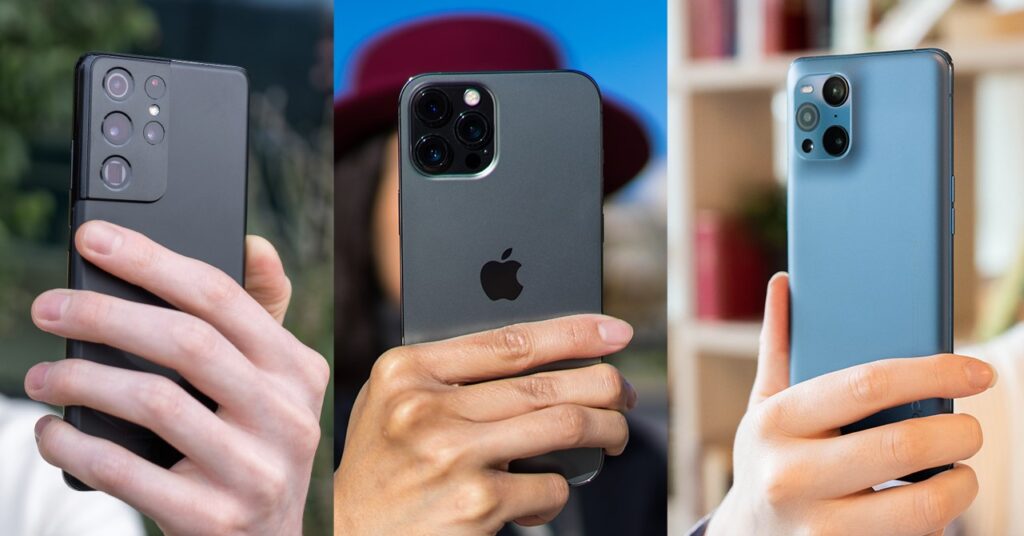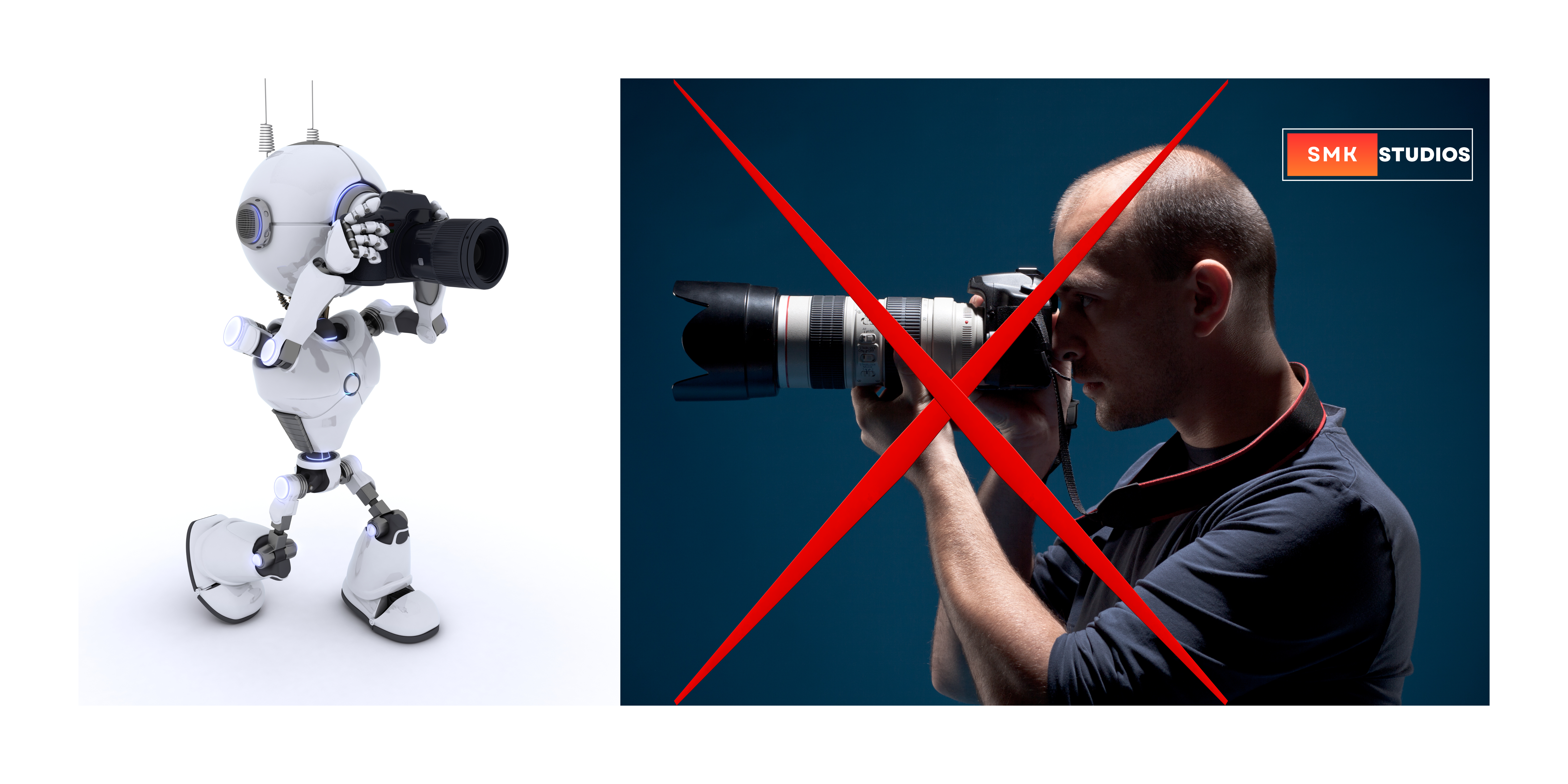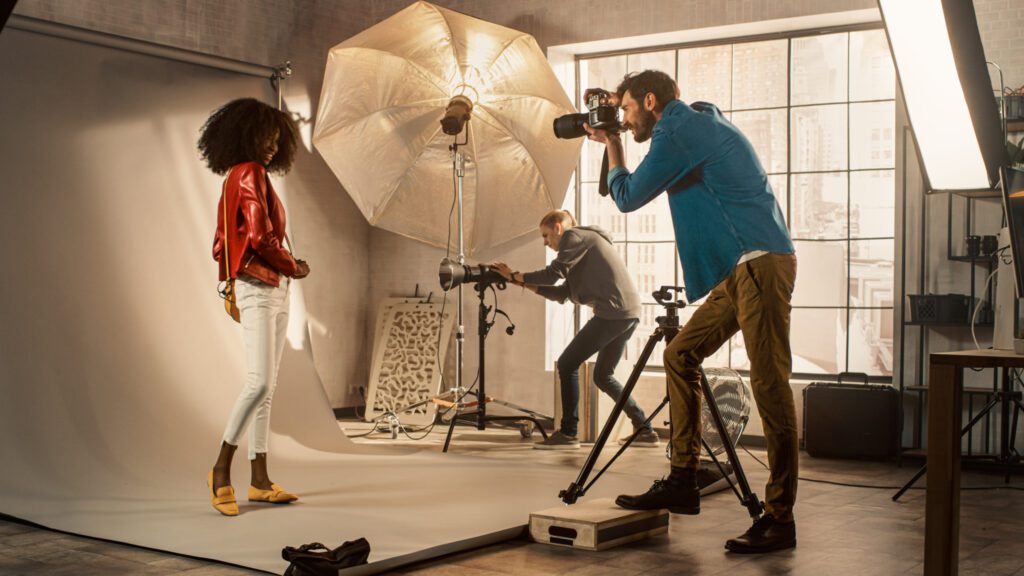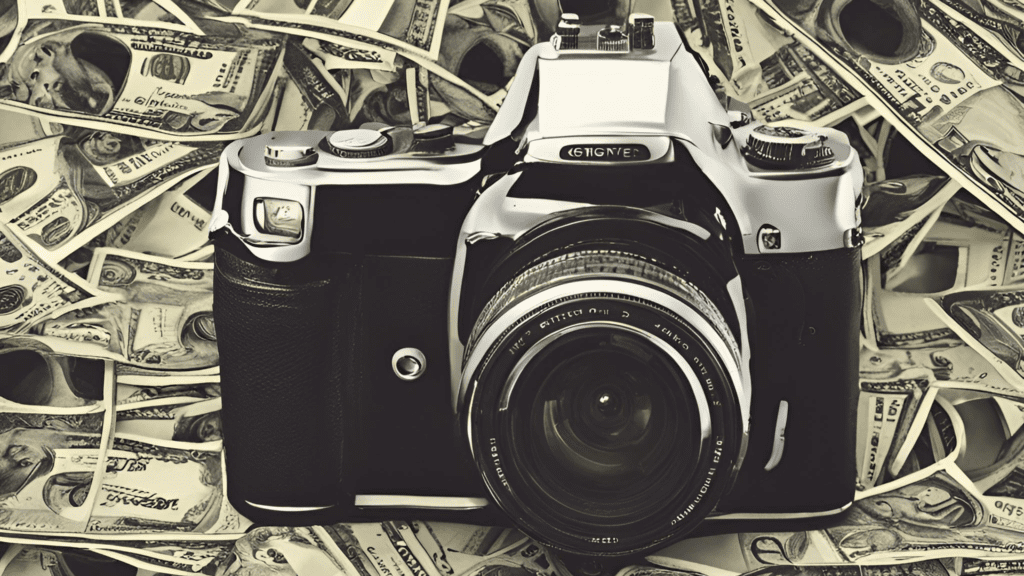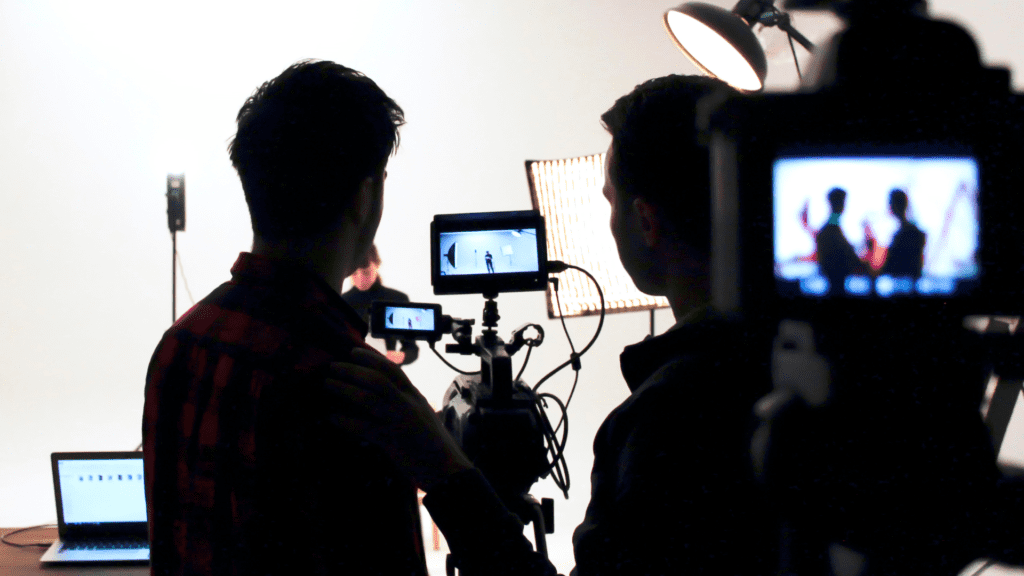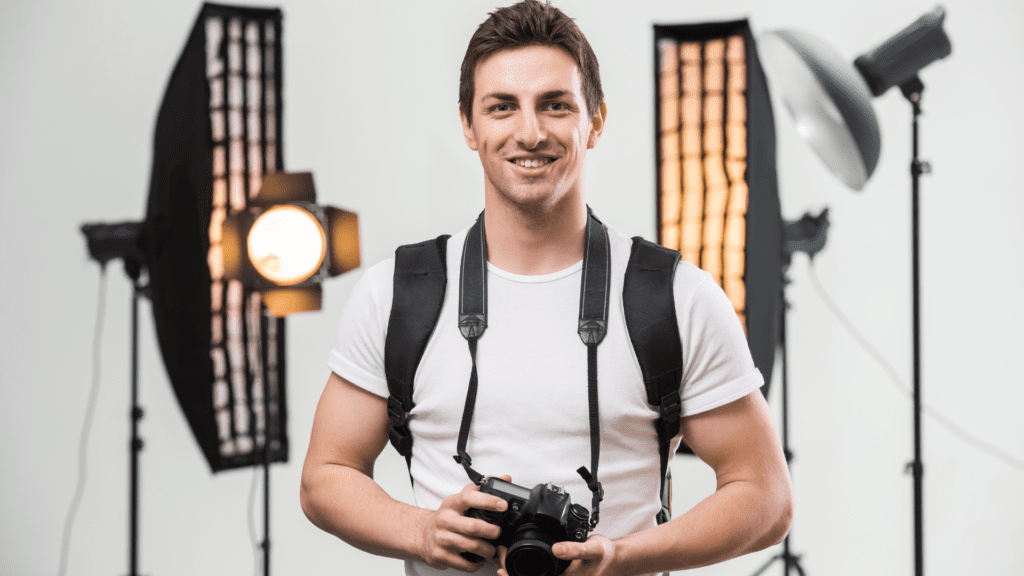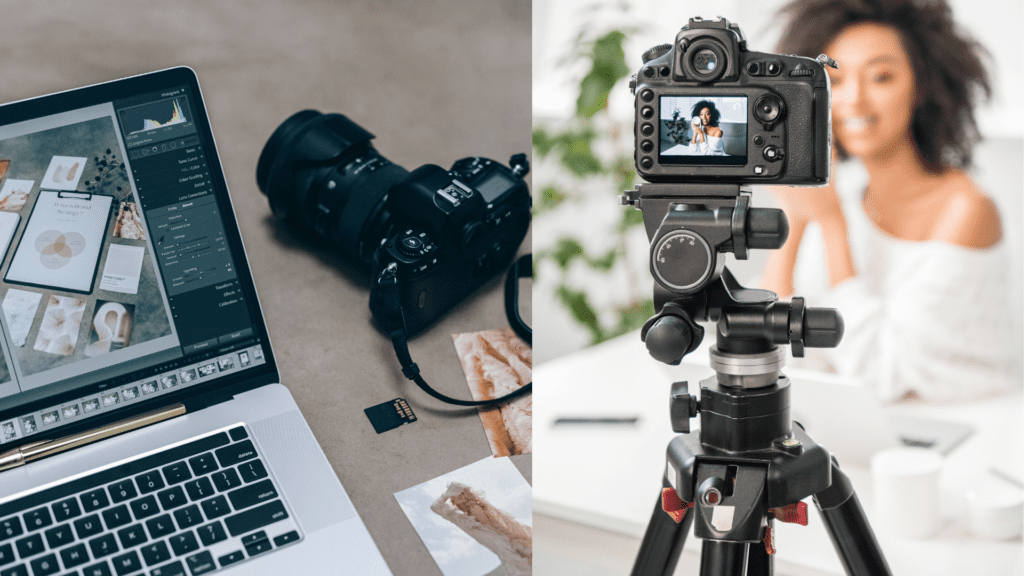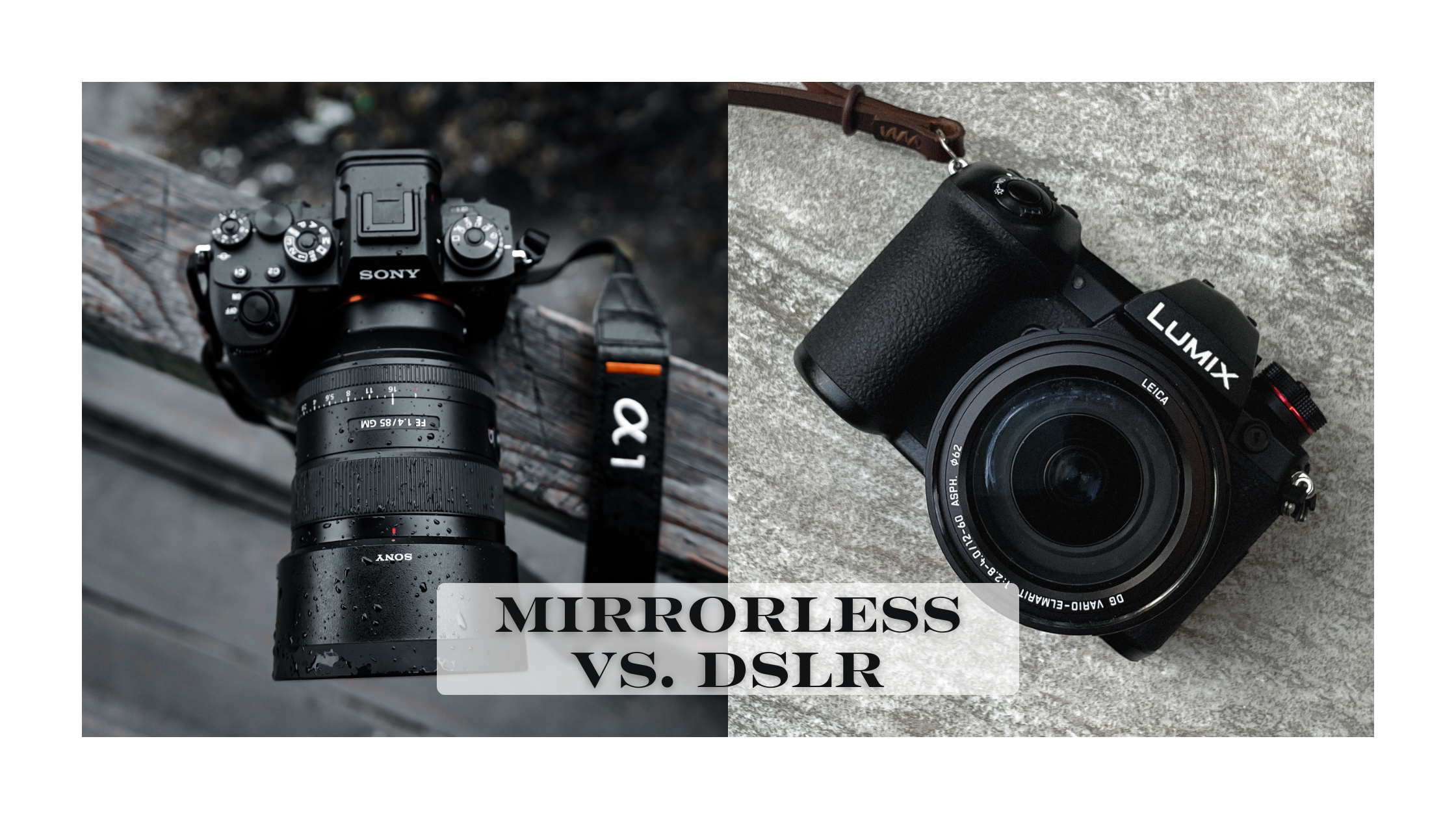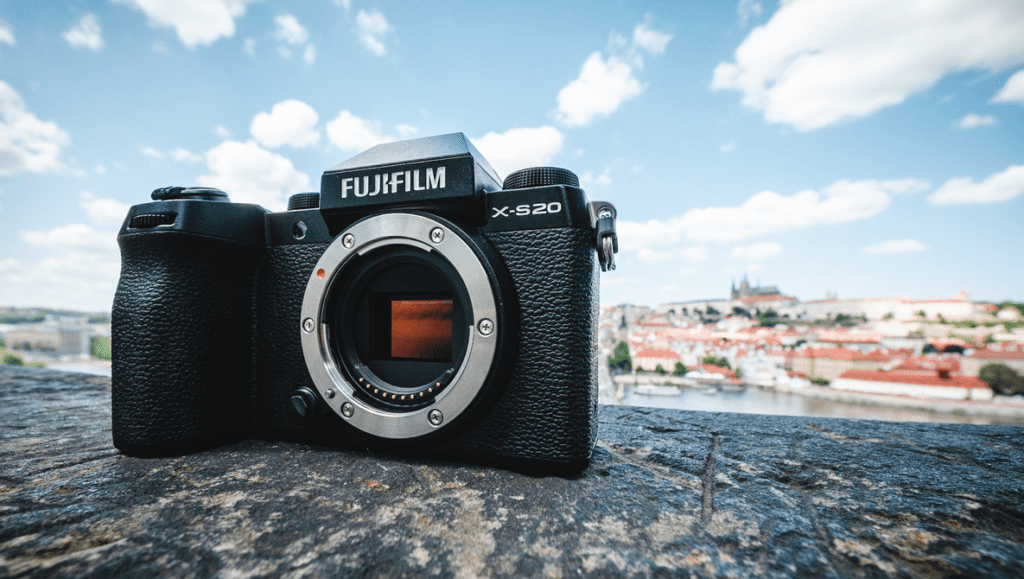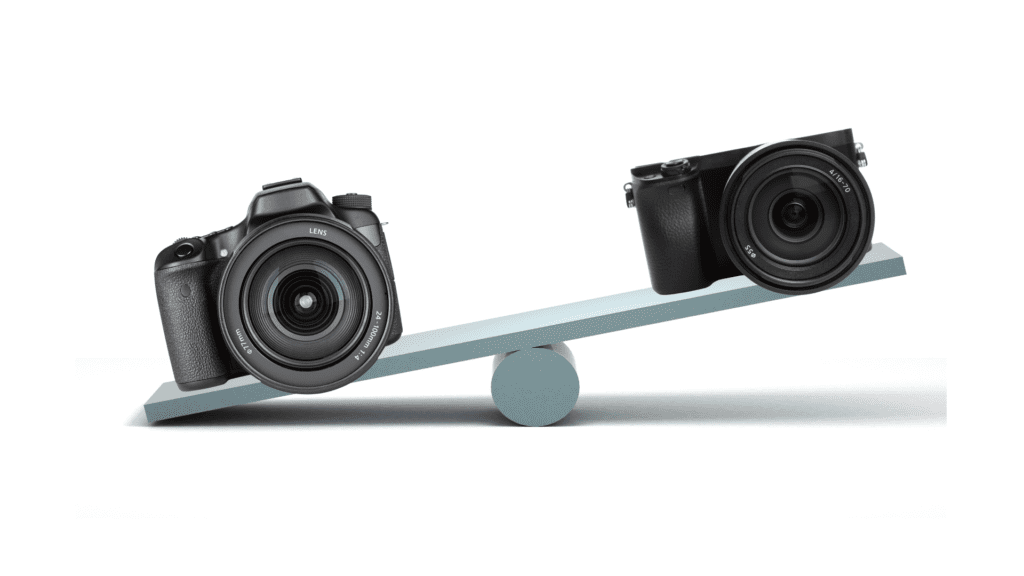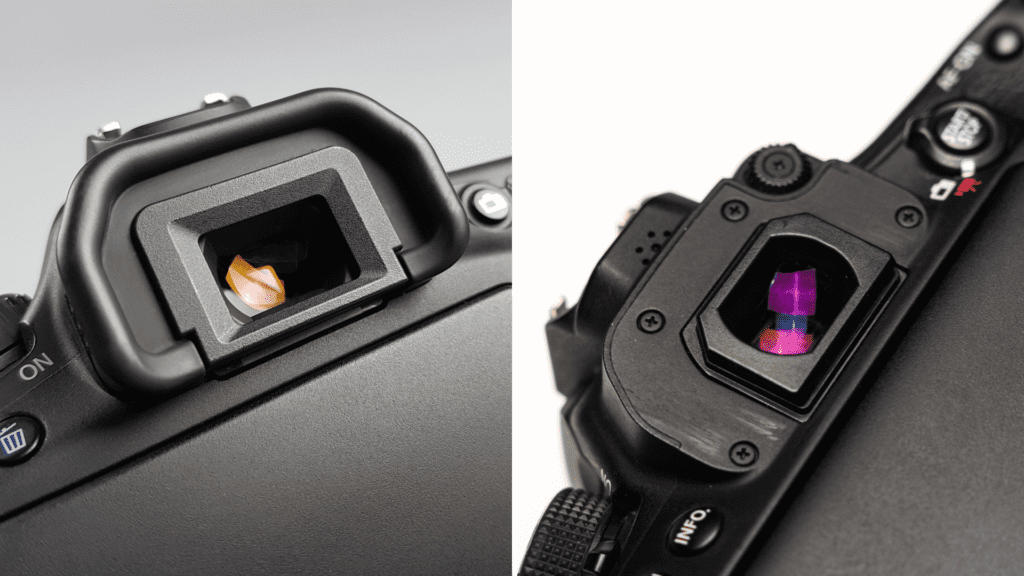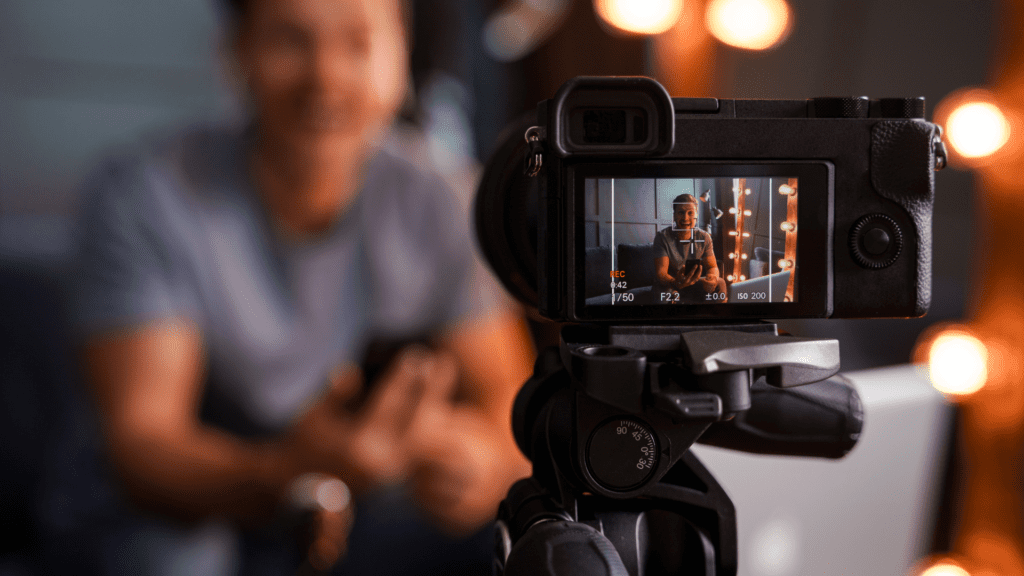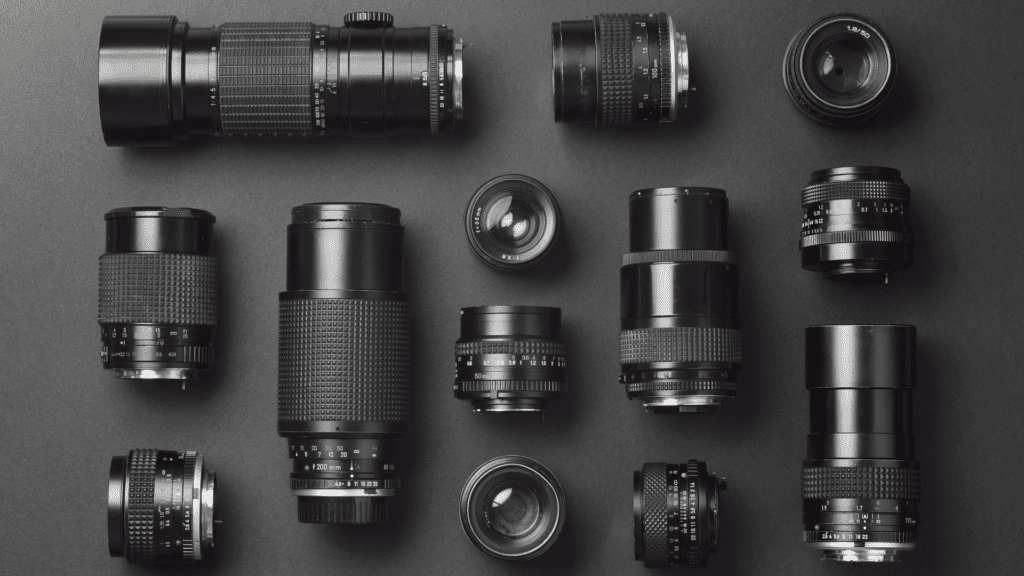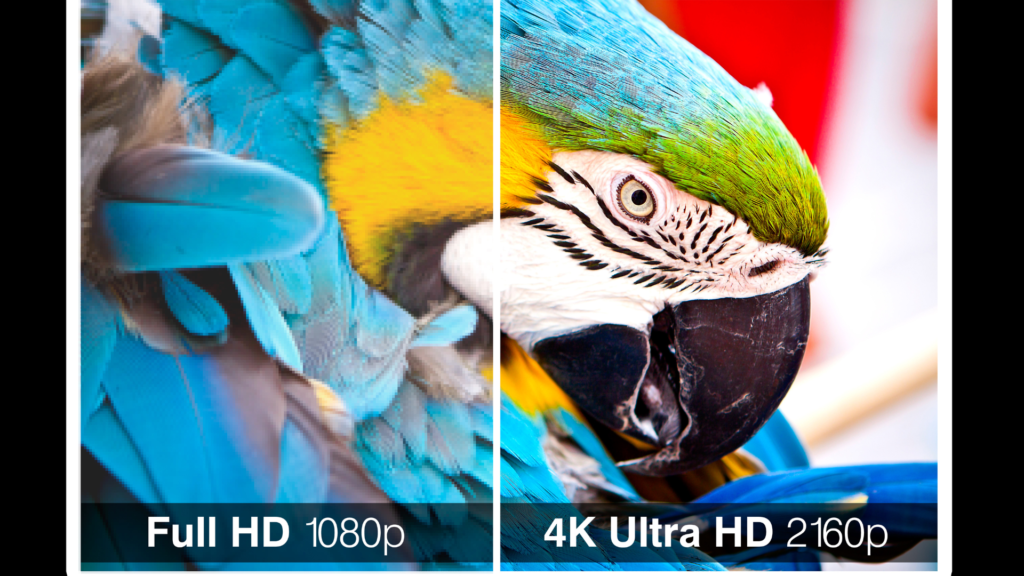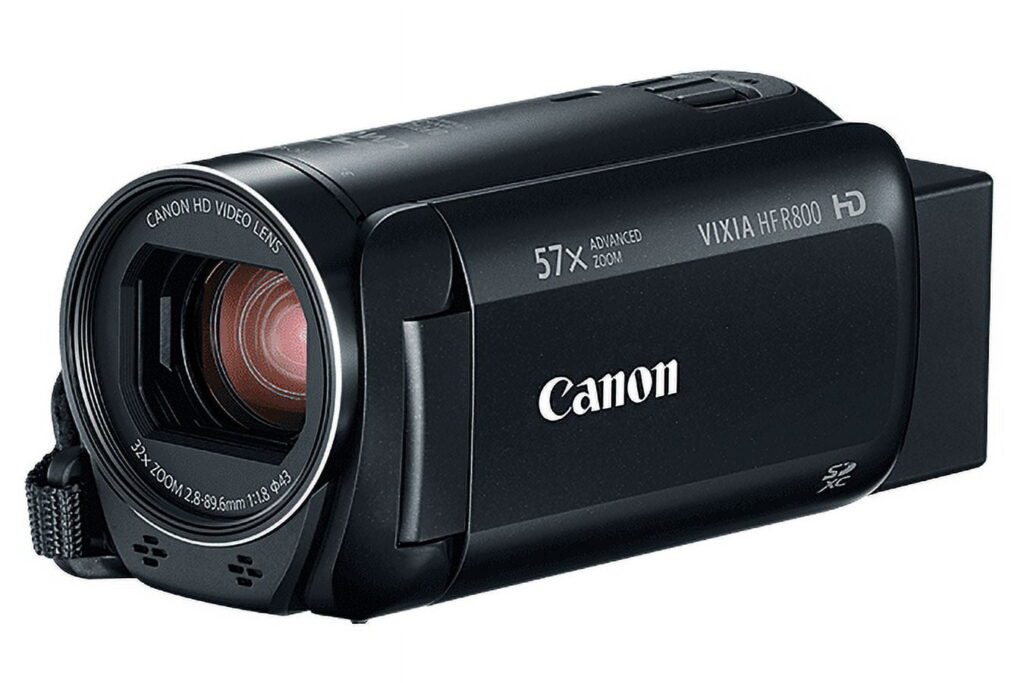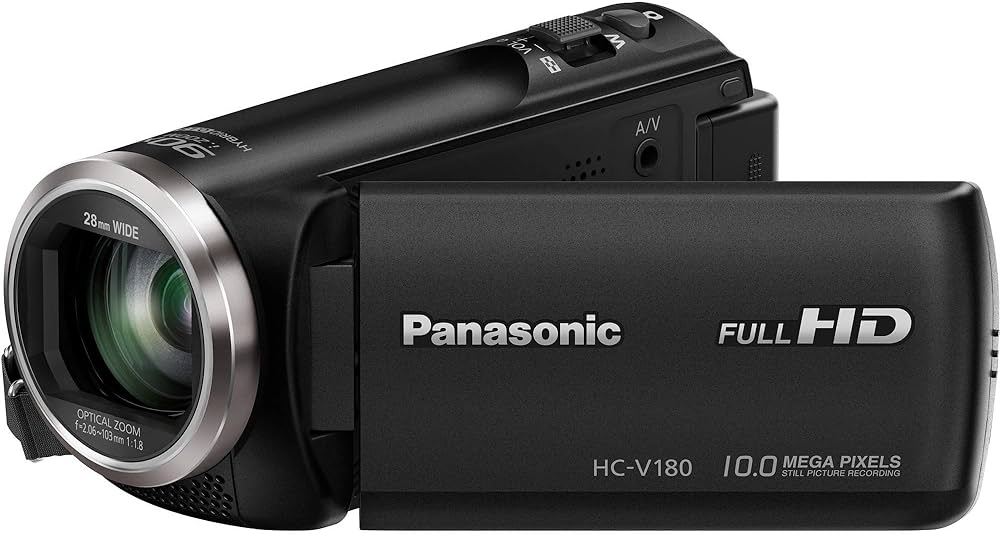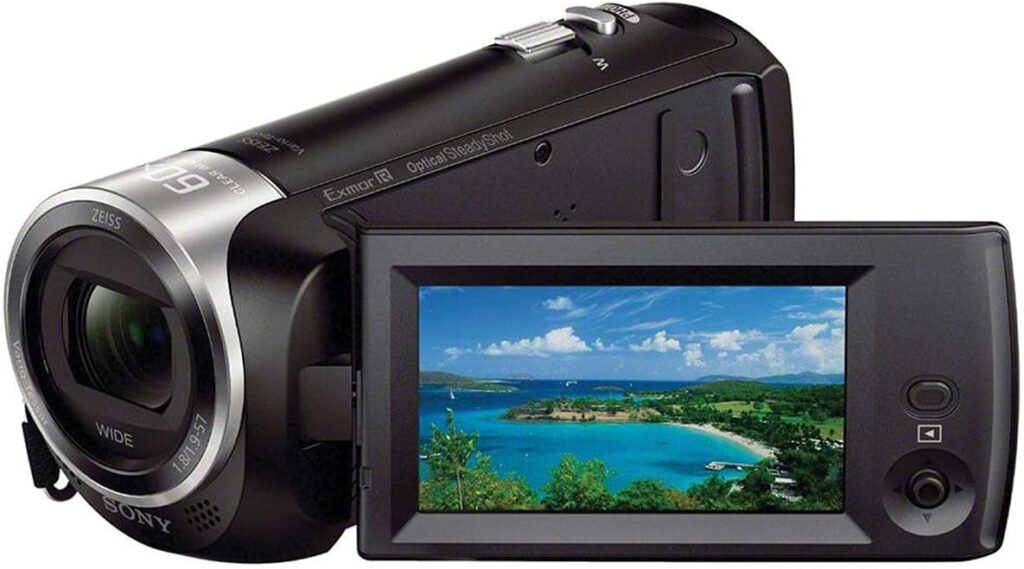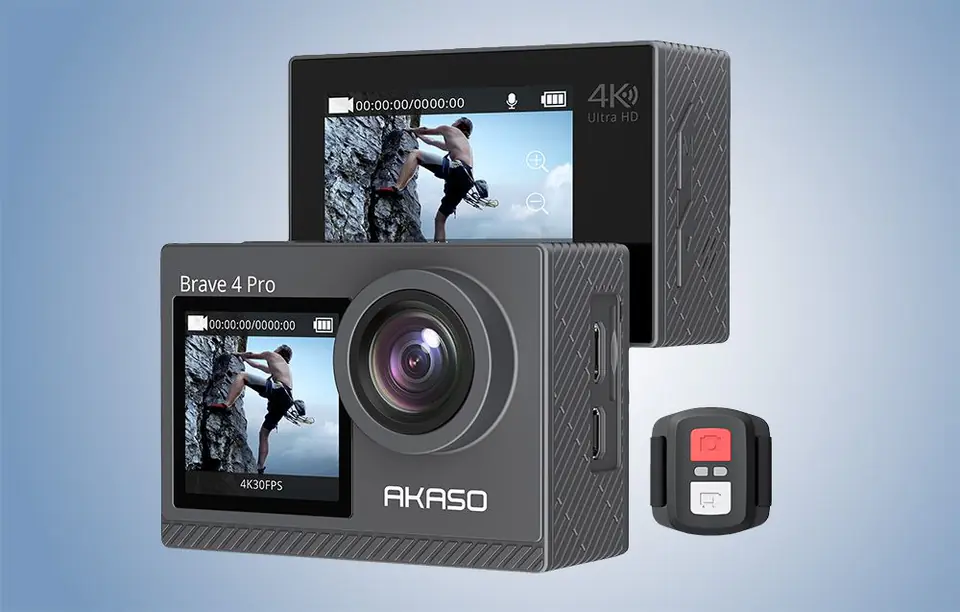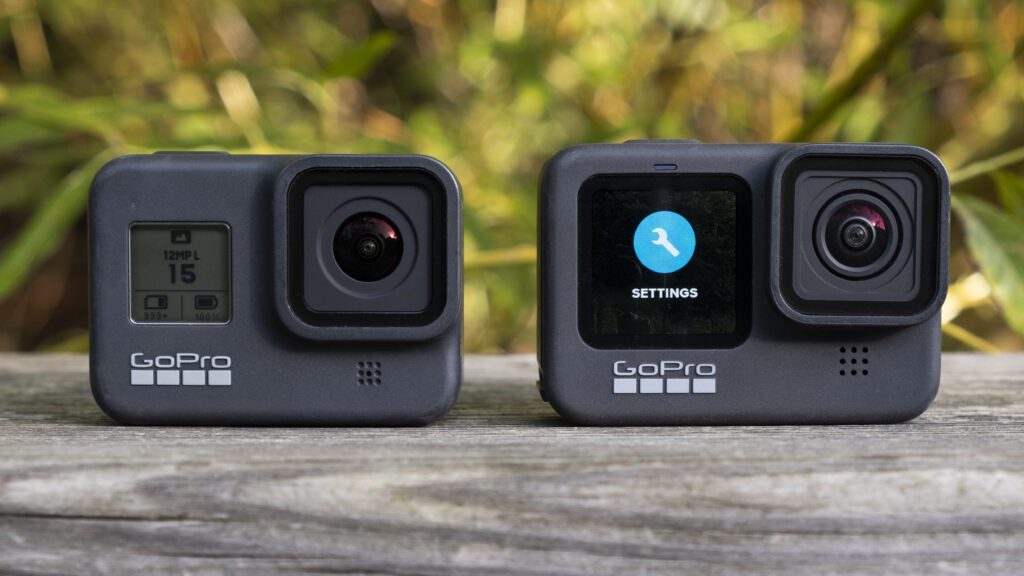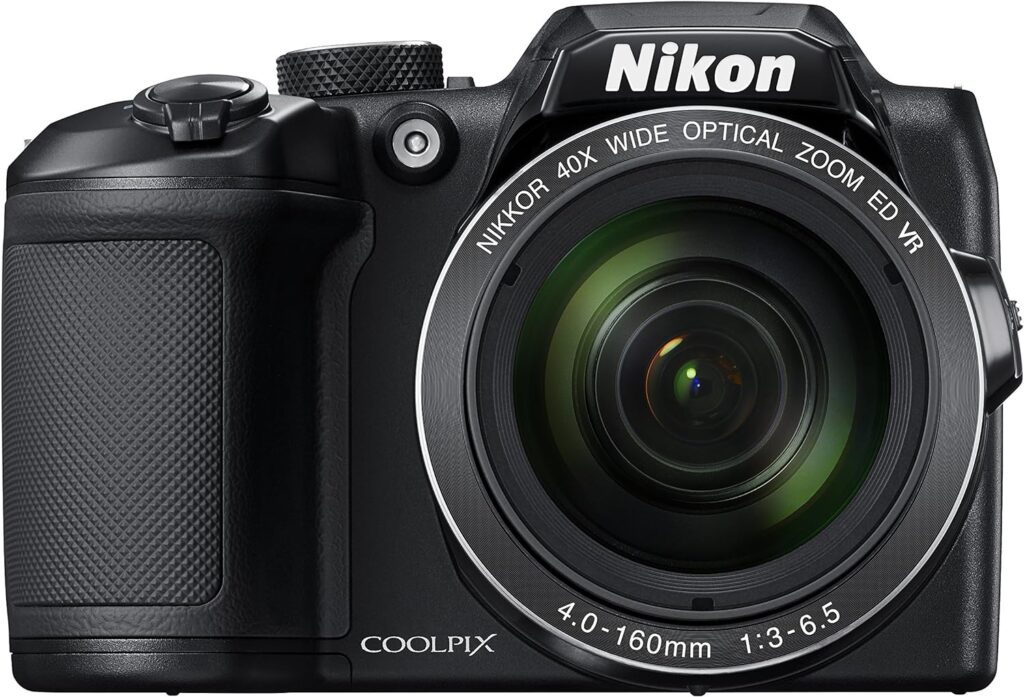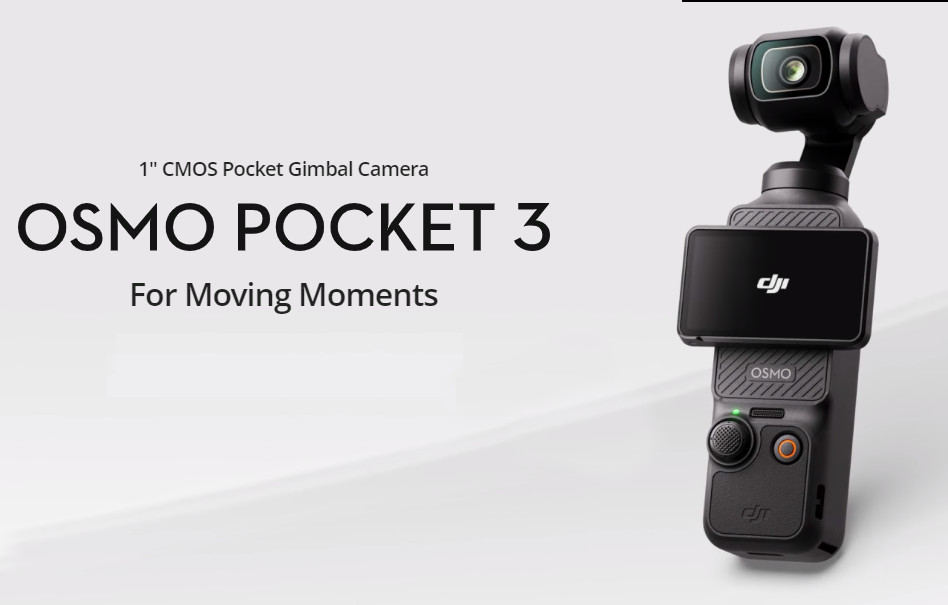
Role of Technology in Modern Photography and Cinematography
Role of Technology in Modern Photography and Cinematography. In the rapidly evolving fields of photography and cinematography, technology has become a transformative force. It has revolutionized how visual content is captured, processed, and perceived. From cutting-edge cameras to sophisticated editing software, technological advancements have redefined these arts, making them more accessible, versatile, and innovative. This article explores the role of technology in modern photography and cinematography, highlighting key developments and their impacts.

Evolution of Camera Technology
Digital Cameras
- High Resolution: Today’s digital cameras offer incredibly high resolution, capturing detailed and vibrant images.
- Versatility: Digital cameras can be customized with various lenses and accessories to suit different shooting conditions.
- Instant Feedback: Photographers can immediately review and adjust their shots, enhancing the creative process.
Mirrorless Cameras
- Compact Design: Mirrorless cameras are lightweight and portable, making them ideal for travel and on-the-go shooting.
- Fast Autofocus: These cameras feature rapid autofocus systems, crucial for capturing fast-moving subjects.
- Silent Operation: The absence of a mirror mechanism allows for silent shooting, perfect for discreet photography.
Smartphone Cameras
- Accessibility: Smartphone cameras have made high-quality photography accessible to millions.
- AI Enhancements: Advanced AI and algorithms enhance image quality by automatically adjusting settings for optimal results.
- Convenience: Integrated with social media, smartphones enable instant sharing of photos, promoting real-time visual storytelling.
Advanced Imaging Techniques
High Dynamic Range (HDR)
- Enhanced Detail: HDR technology captures a wider range of light and color, resulting in images with greater detail and depth.
- Balanced Exposure: It combines multiple exposures to achieve balanced highlights and shadows, creating realistic and visually appealing photos.
360-Degree Photography
- Immersive Experience: 360-degree cameras provide an immersive viewing experience, allowing viewers to explore scenes from all angles.
- Virtual Tours: This technology is widely used in virtual tours for real estate, tourism, and events, offering a comprehensive visual experience.
Drones
- Aerial Photography: Drones provide stunning aerial shots that were previously only possible with helicopters.
- Autonomous Flight: Advanced drones can follow pre-set paths and capture footage with precision, thanks to autonomous flight capabilities.
Cinematography Innovations
Digital Cinematography Cameras
- High Frame Rates: Modern cameras support high frame rates, essential for smooth and detailed slow-motion footage.
- 4K and Beyond: The move to 4K and higher resolutions ensures unparalleled clarity and detail, suitable for large screens and high-definition displays.
- Color Grading: Advanced sensors capture rich colors and dynamic ranges, providing a robust foundation for post-production color grading.
Stabilization Technology
- Gimbals: Motorized gimbals stabilize cameras, allowing for smooth and fluid motion shots, essential for dynamic scenes.
- In-Camera Stabilization: Many cameras now feature built-in stabilization systems, reducing the need for additional equipment.
Virtual Production
- LED Walls: Large LED walls create realistic backgrounds, enabling filmmakers to shoot complex scenes in controlled environments.
- Motion Capture: This technology captures actors’ movements and expressions, translating them into digital characters with lifelike precision.
Special Effects (VFX)
- Realistic Simulations: VFX technology allows for the creation of realistic simulations, from explosions to fantastical creatures, enhancing storytelling.
- Seamless Integration: Modern VFX integrates seamlessly with live-action footage, creating believable and immersive visual narratives.
Post-Production Advances
Editing Software
- Non-Linear Editing: Software like Adobe Premiere Pro and Final Cut Pro offers non-linear editing, providing flexibility and efficiency in the editing process.
- Real-Time Editing: Powerful processors and GPUs enable real-time editing and playback of high-resolution footage, streamlining workflows.
Color Grading
- Precision Tools: Software such as DaVinci Resolve offers precise color grading tools, allowing filmmakers to craft the desired mood and aesthetic.
- LUTs: Look-Up Tables (LUTs) apply specific color grades, ensuring consistency across scenes and enhancing the visual coherence of the film.
Sound Design
- 3D Audio: Advances in sound technology allow for 3D audio, creating an immersive auditory experience that complements the visual elements.
- Sound Libraries: Extensive sound libraries provide a vast array of effects and atmospheres, enriching the film’s auditory landscape.
The Impact of Technology on the Industry
Accessibility and Democratization
- Lower Barriers: Affordable and user-friendly technology has lowered barriers to entry, allowing more people to explore and excel in photography and cinematography.
- Online Platforms: Platforms like YouTube and Instagram provide avenues for sharing work, gaining exposure, and connecting with audiences worldwide.
Enhanced Creativity
- Innovative Techniques: Technology empowers photographers and filmmakers to experiment with new techniques, pushing the boundaries of their creativity.
- Collaborative Tools: Cloud-based tools and collaborative platforms enable teams to work together seamlessly, regardless of geographical location.
Efficiency and Productivity
- Automated Processes: Automation in editing and post-production speeds up workflows, allowing artists to focus more on the creative aspects.
- AI Assistance: AI-driven tools assist in tasks such as sorting and categorizing footage, enhancing efficiency and organization.
Future Trends
Artificial Intelligence
- Smart Editing: AI-powered editing tools will further streamline post-production, offering intelligent suggestions and automating repetitive tasks.
- Enhanced Image Recognition: AI will continue to improve image and scene recognition, enabling more sophisticated and context-aware editing.
Augmented Reality (AR) and Virtual Reality (VR)
- Immersive Storytelling: AR and VR will revolutionize storytelling, offering immersive experiences that blend the physical and digital worlds.
- Interactive Content: These technologies will enable interactive content, allowing viewers to engage with stories in new and exciting ways.
Sustainable Practices
- Eco-Friendly Equipment: The industry will continue to develop eco-friendly equipment and practices, reducing the environmental impact of production.
- Virtual Productions: Virtual production techniques will minimize the need for physical sets and locations, promoting sustainability.
Conclusion
Technology’s role in modern photography and cinematography is both profound and transformative. From enhancing image quality to revolutionizing editing processes, technology continues to push the boundaries of what is possible. As we look to the future, emerging technologies promise to further elevate these art forms, offering new tools and techniques that will inspire and empower the next generation of photographers and filmmakers. Embracing these advancements will not only enhance creative expression but also democratize access, making the magic of visual storytelling more inclusive and innovative than ever before.
Visit Our Social Media: Facebook, Instagram, Twitter.
Visit Our Website for more informative Blogs: smkstudios.in

